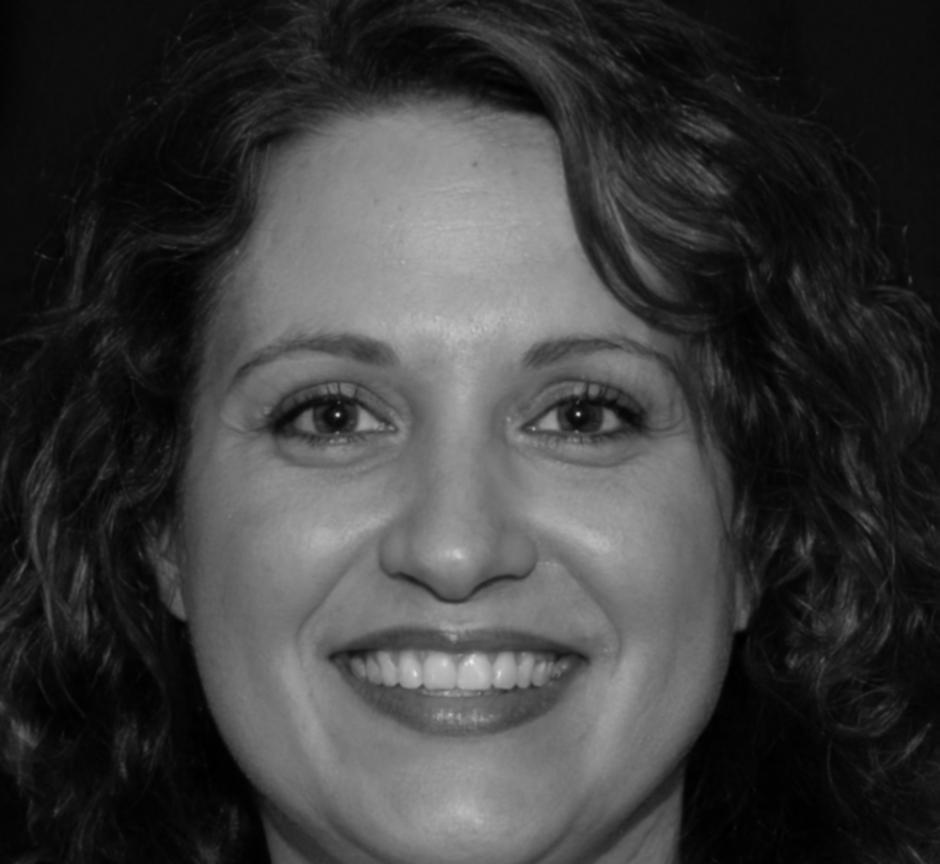Real Skills for Reading Financial Markets
Most people look at balance sheets and see numbers. We teach you to spot the story hiding behind them. Whether you're evaluating a potential investment or just want to understand how businesses actually work, this is where analytical thinking meets real-world application.
Explore Our Programs
Three Core Areas We Actually Focus On
Our approach isn't about memorizing formulas. It's about building a framework that helps you make sense of financial information when it matters.
Statement Analysis
Income statements, balance sheets, cash flow reports—they all tell different parts of the same story. You'll learn to read them like chapters in a book, spotting inconsistencies and understanding what's really happening with a company's finances.
Ratio Interpretation
Ratios aren't magic numbers. They're tools. We show you which ones matter for different situations and how to use them without getting lost in calculation for its own sake. Context matters more than perfection here.
Industry Context
A retailer and a software company have completely different financial profiles. What looks healthy in one industry might signal trouble in another. We spend considerable time on how sector dynamics shape financial expectations.

How Our Programs Work
We structure learning around practical application. Theory comes in when needed, but you're working with actual financial statements from the first week.
Start with Fundamentals
First six weeks cover core concepts—understanding financial statements, basic accounting principles, and initial ratio work. No prerequisites needed.
Apply to Real Cases
Weeks seven through twelve involve analyzing actual company financials. You'll work through multiple industries and company sizes, building pattern recognition.
Develop Your Framework
Final portion focuses on building your own analytical approach. Everyone processes information differently—we help you find what works for your thinking style.

Petra Lindstrom
Lead Instructor, Financial Analysis
Petra spent twelve years analyzing tech and manufacturing companies before transitioning to education. She believes the best financial analysts aren't the ones who can calculate fastest—they're the ones who ask better questions. Her teaching style emphasizes critical thinking over rote methodology, and students appreciate her direct feedback approach.
Next Programs Begin September 2025
We run three cohorts annually. Class sizes stay small—usually around eighteen students—so everyone gets meaningful feedback on their analytical work. Applications for autumn enrollment open in May.
Program Details
Sixteen weeks, combination of evening sessions and weekend workshops. Designed for working professionals who want structured learning without disrupting current commitments.
See ScheduleUpcoming Events
We host quarterly workshops on specific topics—recent ones covered cash flow analysis and industry benchmarking. Open to anyone interested in learning more about our approach.
View EventsQuestions?
Not sure if this program fits your goals? Reach out. We're happy to discuss your situation and whether fundamental analysis training makes sense for where you're headed.
Contact Us